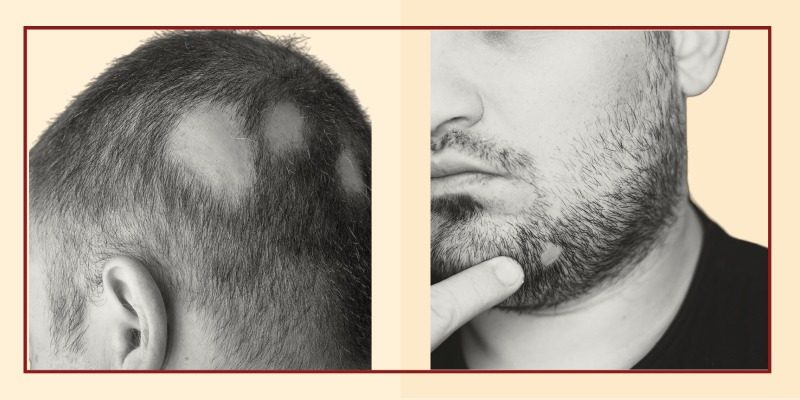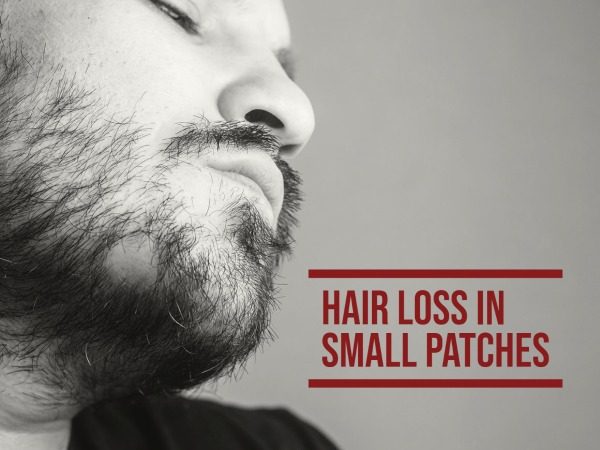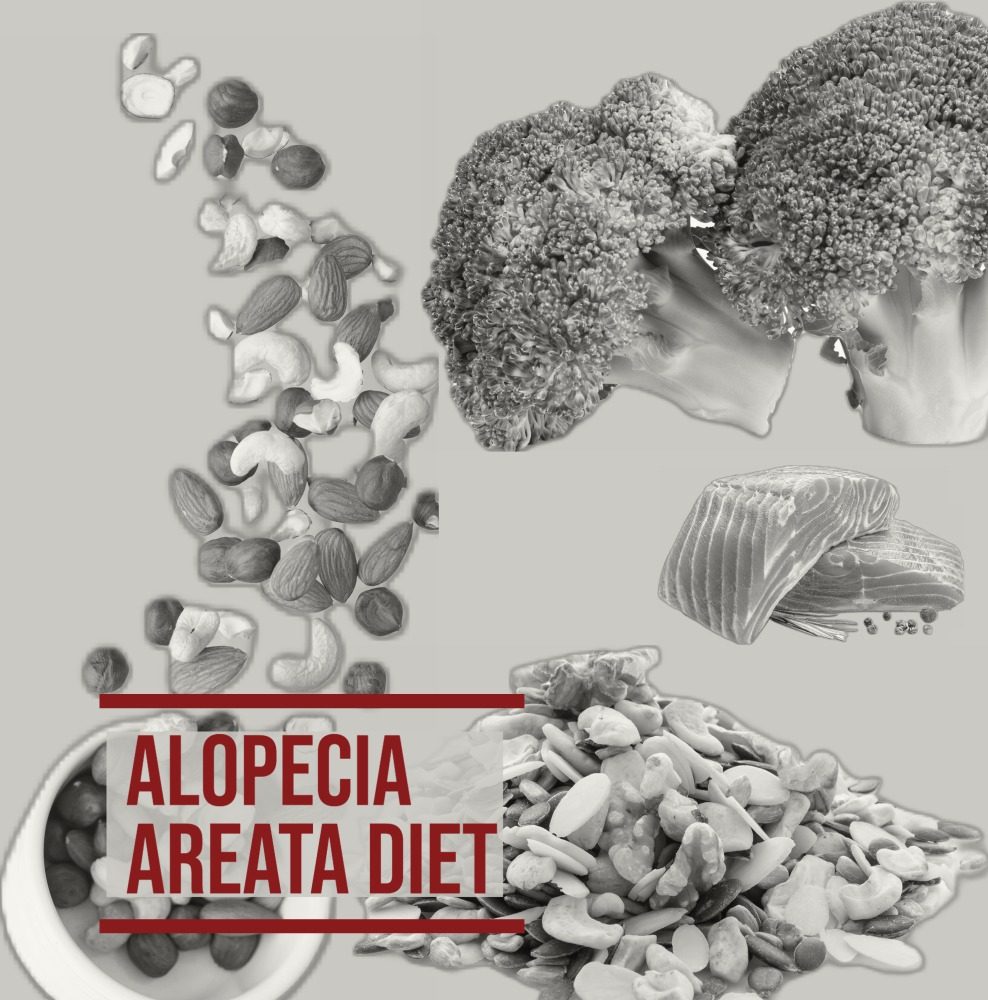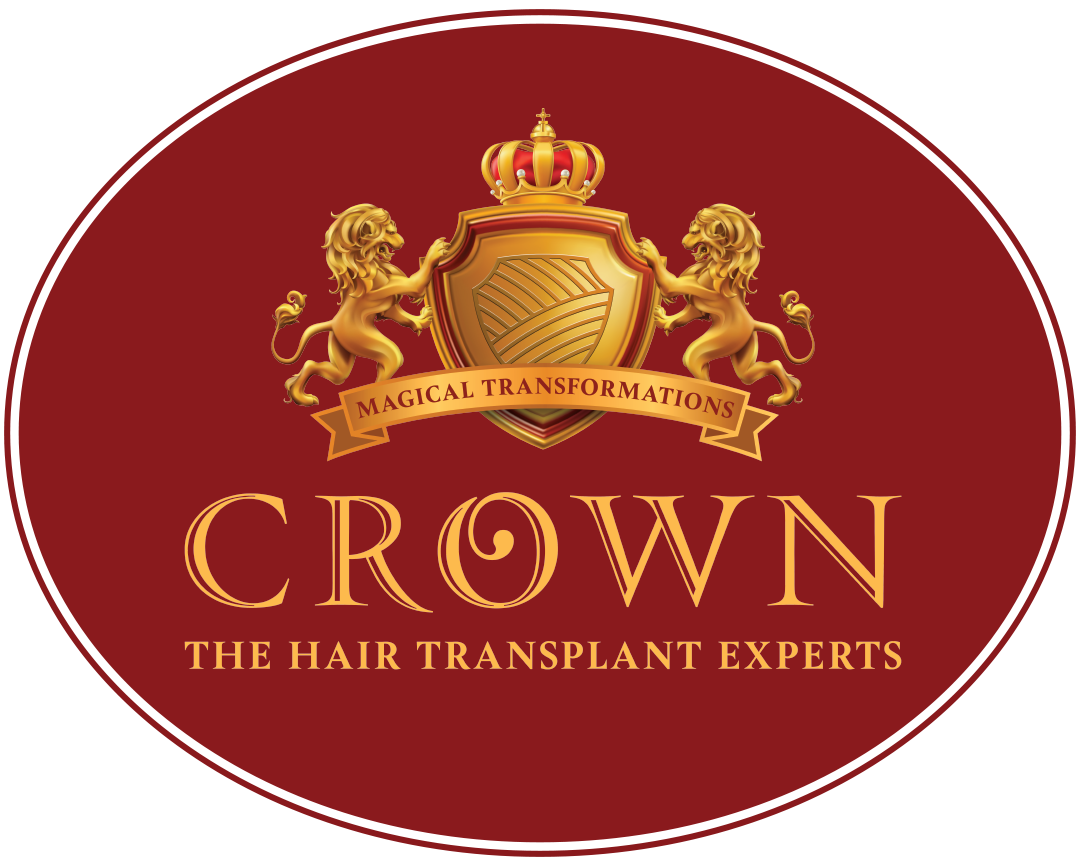Alopecia areata is an autoimmune disorder that causes unpredictable hair loss, usually in patches, most often on the scalp. Statistics show that this disorder affects roughly 147 million people worldwide. Alopecia areata can affect men and women equally and all racial and ethnic groups. The onset can be at any age, but most people get it in their teens or 20-30s. It is also known that it tends to be more extensive and progressive when it occurs in children younger than 10 years. Heredity plays a major role in the occurrence of this disorder. Studies have linked several genes related to the functioning of the immune system to this disorder. Usually, the bald patch appears suddenly and affects only a limited area. Within 12 months or so, the hair regrows. For some people, the problem lasts much longer and becomes more severe, leading to total baldness (alopecia totalis) or complete lack of body hair (alopecia Universalis).

The characteristic symptom of Alopecia areata could be hair loss in small patches. Coin-sized patches of hair begin to disappear, mainly from the scalp. Any area of hair growth may be affected, including the beard and eyelashes. The onset of hair loss could be sudden or over a few weeks. An itching or burning sensation can be experienced in the affected area rarely. Alopecia areata can also affect the nails of toes and fingers and making them red, brittle and pitted. Sometimes these changes are the first signs that the condition is developing. Additional bare patches develop. Sometimes hair regrows in the first patch while new bare patches are forming. Small patches join to form larger ones. In rare cases, hair is eventually lost from the entire scalp, called alopecia totalis.

The treatment for Alopecia areata depends on the right diagnosis, as with any other hair loss condition. In this condition, the hair follicles are not destroyed, and so hair can regrow once the progressive activity of the follicles subsides. People with just a few patches of hair loss often have a spontaneous, full recovery without any form of treatment. Diagnosis of Alopecia areata is done based on an examination of the affected areas and other symptoms experienced. The trichoscopic examination reveals the typical findings on examination. Rarely a biopsy might be done to confirm the diagnosis.
There is no known cure for Alopecia areata, but the process of hair loss can be slowed down, and regrowth can be fostered. The main goal of treatment therapy for this condition is to stop the immune system’s attack on hair follicles and stimulate hair regrowth. This could include over-the-counter medications and ointments, Corticosteroid creams, steroid injections on the bald spots to foster regrowth, Oral immunosuppressants, and Laser and light therapy, also called photochemotherapy. Topical immunotherapy is also used at times as a treatment option in which a chemical is applied to the affected areas to spark an allergic rash that may induce hair growth within 6 months. Though there are no tested clinical trials to prove the efficacy of natural remedies, some people prefer alternative treatments like acupuncture, aromatherapy etc.

Studies reveal that changes to diet may have a positive impact on Alopecia areata. An anti-inflammatory diet helps reduce the body’s autoimmune response and intervene in the attack on hair follicles. This reduces the chances of another hair loss episode. A 2020 report published in the Journal of Nutritional Medicine and Diet Care highlighted the role of diet in modifying oral and scalp microbiome, which was shown to have an impact on the alleviation of alopecia areata.
An anti-inflammatory diet consists of vegetables and fruits like blueberries, nuts, seeds, broccoli, beets, lean meats salmon. Adding probiotics to replace the normal gut bacteria prevents the condition from worsening. Eric Rudnik, MD, A dermatologist and dermatopathologist, says that turmeric with black pepper helps reduce inflammation and a diet rich in antioxidants, iron, vitamin D and biotin.
Other foods that could help formulate an effective alopecia areata diet would be:
Living with Alopecia Areata:
As mentioned earlier, there is no cure for this condition since it is an autoimmune disorder. It becomes essential that we learn to live with it. Apart from medical treatments, various cosmetic and protective techniques can help with this. These include the use of make-up to hide the patches, wearing coverings like wigs, hats, and scarves to protect the head, and Adopting ways to manage stress. In more than 90 per cent of cases, hair growth returns and covers the area where it was lost. However, recurrence is common, and most people experience several episodes of the condition throughout their lives.
